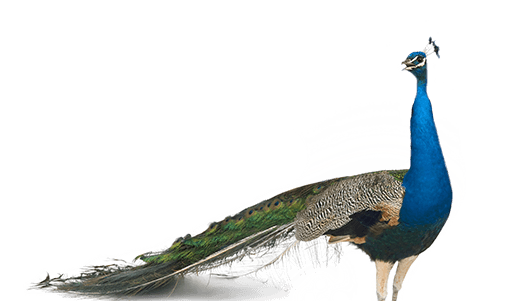Accessibility
This webpage provides information and identifies the accommodations we are broadly able to provide to support guests with disabilities during their visit. Please consult the current park map, available on your mobile device or posters at park entry, for daily information and schedules.
For additional questions, or assistance with visit planning, please contact Guest Relations at guestrelations@wcs.org or 718-220-5103. Due to high volume of correspondence, we recommend reaching out at least 7 days prior to a planned visit.
ACCOMMODATIONS UPDATE 3/7/22
All buildings are wheelchair-accessible.
| Exhibits | Steep Hill | Rough Terrain | Touch Exhibit | Low Light | Stairs | Assistive Listening |
| Tropic Zone | X | X | X* | |||
| Red Panda | X | |||||
| Snow Monkey |
X | |||||
| Snow Leopard | X | X | ||||
| Bears | X | X | ||||
| Penguins & Sea Birds | X | |||||
| Central Garden | ||||||
| Tisch Children's Zoo | X | X | X | |||
| 4-D Theater | X | X |
*Elevator access available to Tropic Zone mezzanine.
A limited number of free wheelchairs are available on a first come, first served basis. Ask any Admissions or Security staff for assistance.
Security & First Aid
In case of emergency, or when in need of first aid, please notify Security at (212) 439-6557.
SENSORY SENSITIVITIES
The Central Park Zoo partnered with KultureCity to improve the park’s ability to assist and accommodate guests with sensory processing needs. The objective is to provide an inclusive and seamless experience for every guest, regardless of age and ability, including those with sensory processing disorders (SPDs). The zoo has installed signage identifying quiet zones and headphone zones to help visitors as they explore the grounds.
SENSORY BAGS
Sensory bags containing fidget tools, noise-canceling headphones and other resources, are available for checkout (at no cost by leaving an ID) from the Admissions Building across from the Main Zoo entrance.
QUIET ZONES
The zoo is very compact, so most areas do have a level of noise/activity. Some areas that typically have less activity and are suggested spaces to sit and regroup after becoming overstimulated are: Main Zoo – southwest corner garden at the Sea Lion Pool. There are a number of other benches in the outer pathways that can also be good for breaks.
HEADPHONE ZONES
We have identified areas that are noisy and where guests tend to linger as “Headphone Zones.” These areas include: Main Zoo at Central Garden (sea lions); inside Tropic Zone (birds and lemur calls); inside Penguin building (bird calls); 4D Theater.
STAFF TRAINING
Another aspect of the KultureCity partnership involved training Zoo staff members to increase understanding of SPDs, informing them about the efforts the aquarium is making to better serve the community and to discuss strategies each department can implement to support this initiative.

